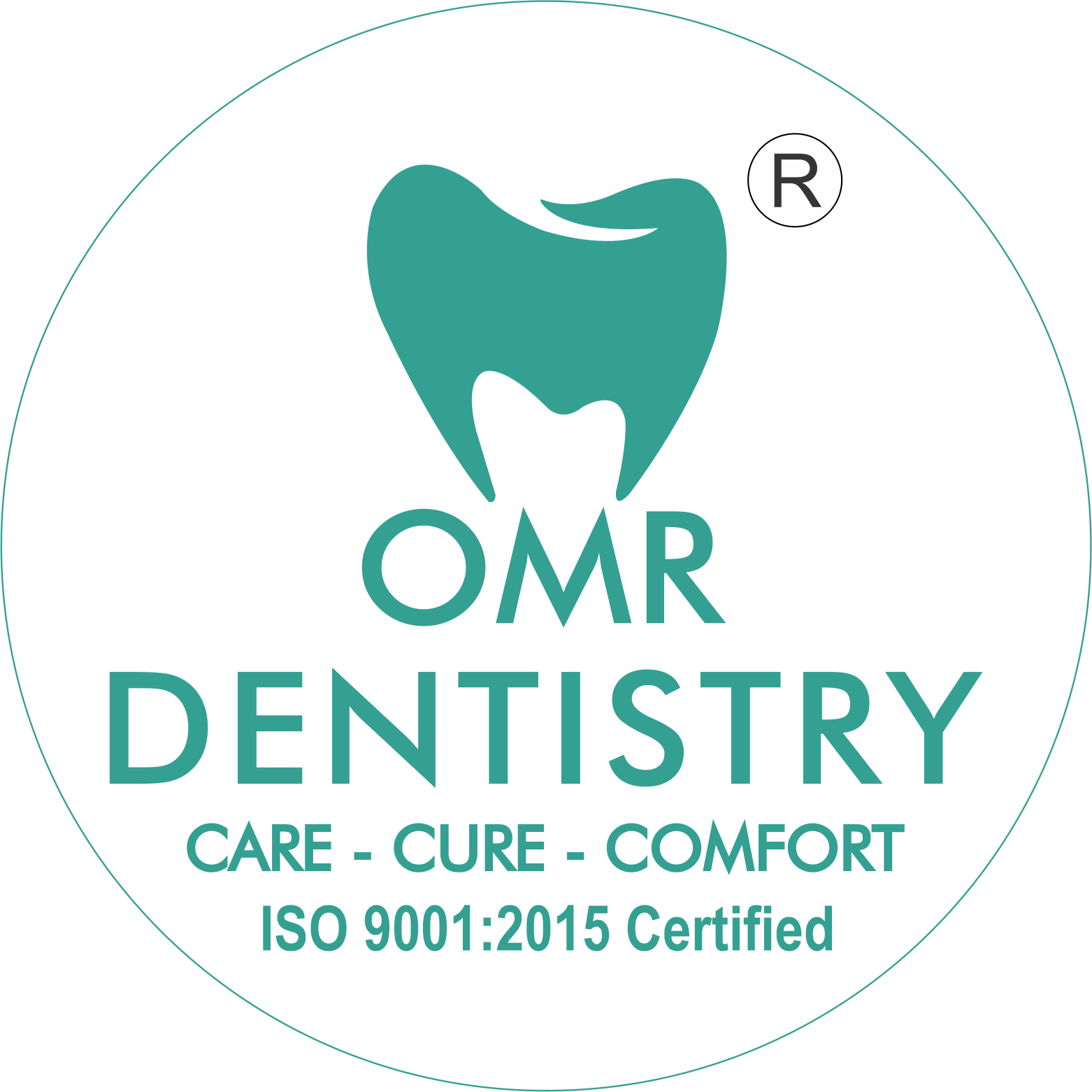08 Jan Baby Teeth vs Adult Teeth: Understanding the Differences
Teeth play an essential role in our daily lives, aiding in chewing, speaking, and even shaping our facial features. However, not all teeth are created equal. Baby teeth, also known as primary teeth, adult teeth, or permanent teeth, serve different purposes and have distinct characteristics. Here, we’ll explore the key differences between these two types of teeth and why they’re so important.
Baby Teeth: The Foundation of Oral Health
Baby teeth typically begin to emerge around six months of age and are fully developed by the time a child is about three years old. In total, there are 20 baby teeth, which include incisors, canines, and molars. These teeth are smaller and whiter than their adult counterparts.
Key Characteristics of Baby Teeth
- Temporary Nature: Baby teeth are not permanent; they act as placeholders for adult teeth. Between the ages of six and twelve, these teeth gradually fall out as permanent teeth erupt.
- Thinner Enamel: The enamel on baby teeth is thinner, making them more susceptible to cavities and decay. This is why maintaining good oral hygiene from an early age is critical.
- Root Resorption: As adult teeth develop beneath them, the roots of baby teeth are resorbed. This process weakens the baby teeth and eventually causes them to loosen and fall out.
- Smaller Size: Baby teeth are significantly smaller in size, accommodating the smaller jaws of children.
Despite their temporary nature, baby teeth are vital. They help children chew food properly, speak clearly, and maintain space for adult teeth. Neglecting their care can lead to complications such as crowding or alignment issues in the future.
Adult Teeth: The Permanent Set
Adult teeth, or permanent teeth, begin replacing baby teeth around age six. By the time an individual reaches their late teens or early twenties, they typically have a full set of 32 permanent teeth, including incisors, canines, premolars, molars, and wisdom teeth.
Key Characteristics of Adult Teeth
- Durability: Designed to last a lifetime, adult teeth have thicker enamel and stronger roots.
- Larger Size: Adult teeth are larger to fit the structure of an adult jaw and provide more effective chewing surfaces.
- No Replacements: Once lost or damaged, adult teeth cannot naturally regenerate, emphasizing the importance of proper care and regular dental check-ups.
- Increased Complexity: Adult teeth include premolars and third molars (wisdom teeth), which are not present in baby teeth.
Key Differences and Care Tips
The most significant difference between baby teeth and adult teeth lies in their permanence and structure. While baby teeth pave the way for oral development, adult teeth are meant to endure a lifetime of use.
To ensure healthy teeth at all stages:
- Begin oral hygiene early by cleaning baby’s teeth with a soft brush.
- Transition to fluoride toothpaste as recommended by a dentist.
- Encourage a balanced diet low in sugar to prevent cavities.
- Schedule regular dental visits to monitor growth and address any issues.
Conclusion
Understanding the differences between baby teeth and adult teeth highlights the importance of dental care at every stage of life. Baby teeth set the foundation for a healthy mouth, while adult teeth carry the responsibility of lifelong oral function. Prioritising dental hygiene and regular check-ups ensure that both sets of teeth can fulfill their unique roles effectively.
Tag: Dental Clinic In Sholinganallur , Best Dental Hospital In Chennai


Sorry, the comment form is closed at this time.